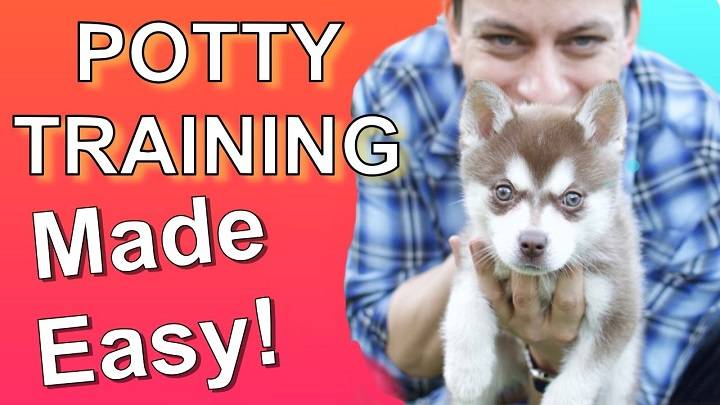Welcoming a new puppy into your home is an exciting experience, but along with the joy comes the responsibility of potty training. Establishing good habits early on will not only keep your home clean but also strengthen the bond between you and your furry friend. In this guide, we’ll explore effective puppy potty training tips that will make the process smoother for both you and your pup.
Understanding Your Puppy’s Needs:

Before diving into the training techniques, it’s crucial to understand your puppy’s needs. Puppies have smaller bladders and higher metabolism rates, which means they need more frequent bathroom breaks. Additionally, they may not have full control over their bladder until they are a few months old.
Key Points:
- Learn to recognize signs that your puppy needs to go, such as sniffing, circling, or whining.
- Be patient, as accidents are a part of the learning process for your puppy.
Setting Up a Routine:
Consistency is key when it comes to puppy potty training. Establishing a regular routine helps your puppy understand when it’s time to go outside.
Key Points:
- Take your puppy outside first thing in the morning, after meals, and before bedtime.
- Use the same door to exit, so your puppy associates it with going outside.
- Reward your puppy with praise or a treat when they go potty outside.
Creating a Designated Potty Area:
Having a specific spot for your puppy to relieve themselves helps reinforce good habits.
Key Points:
- Choose a consistent outdoor location for potty breaks.
- Use verbal cues like “go potty” to associate a command with the action.
- Clean up accidents inside promptly using an enzymatic cleaner to eliminate odors.
Positive Reinforcement Techniques:
Positive reinforcement is a powerful tool in puppy training. Rewarding your puppy for good behavior encourages them to repeat it.
Key Points:
- Use treats, praise, or playtime as rewards for going potty outside.
- Avoid punishment for accidents, as it may create fear and confusion.
- Be consistent with rewards to reinforce the desired behavior.
Crate Training for Potty Control:
Crate training can be a valuable tool for managing your puppy’s potty behavior, as dogs instinctively avoid soiling their living space.
Key Points:
- Ensure the crate is appropriately sized, allowing your puppy to stand, turn, and lie down.
- Use the crate for short periods to prevent accidents when you can’t supervise.
- Gradually increase crate time as your puppy demonstrates better control.
Adapting to Your Puppy’s Growth:
As your puppy grows, their bathroom needs and habits may change. Stay attuned to these changes and adjust your training approach accordingly.
Key Points:
- Modify feeding schedules as your puppy’s metabolism slows with age.
- Extend the time between bathroom breaks gradually as your puppy gains control.
- Celebrate milestones in your puppy’s potty training journey.
Puppy potty training requires patience, consistency, and positive reinforcement. By understanding your puppy’s needs, establishing a routine, creating a designated potty area, using positive reinforcement, incorporating crate training, and adapting to your puppy’s growth, you can foster good habits and create a clean and harmonious living environment for both you and your furry companion. With these tips, you’ll be well on your way to a well-trained and happy pup.

